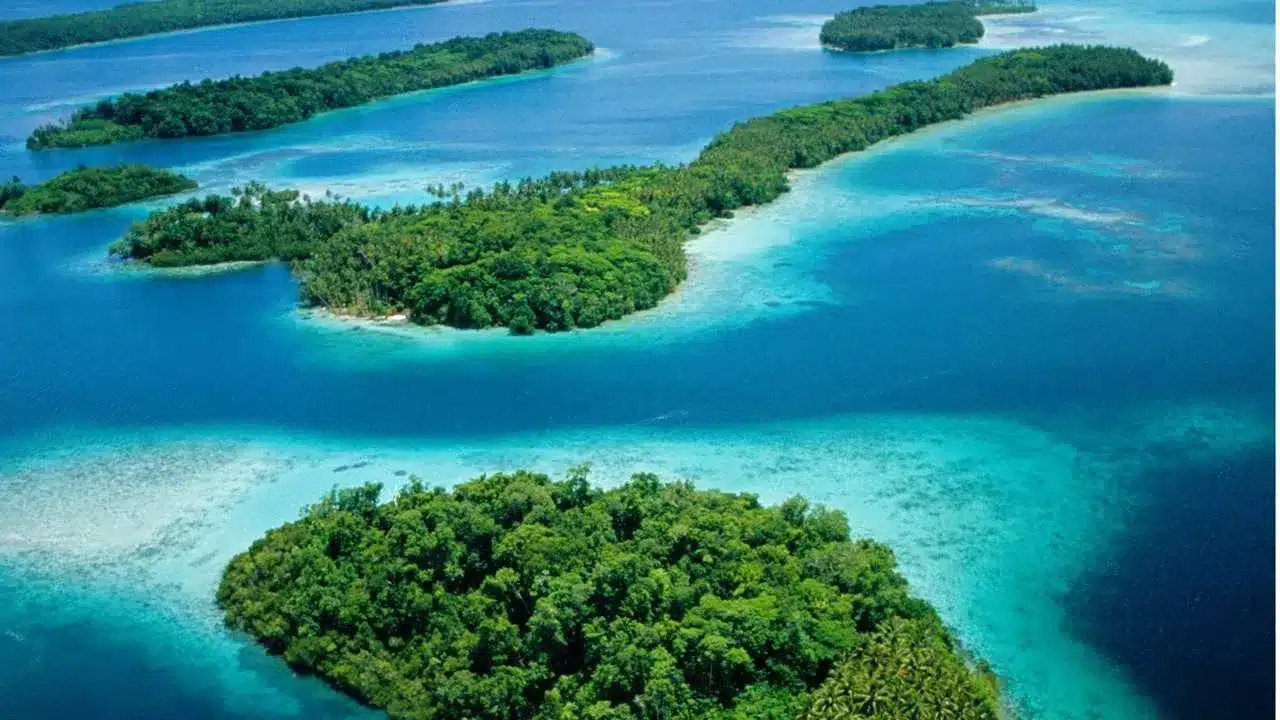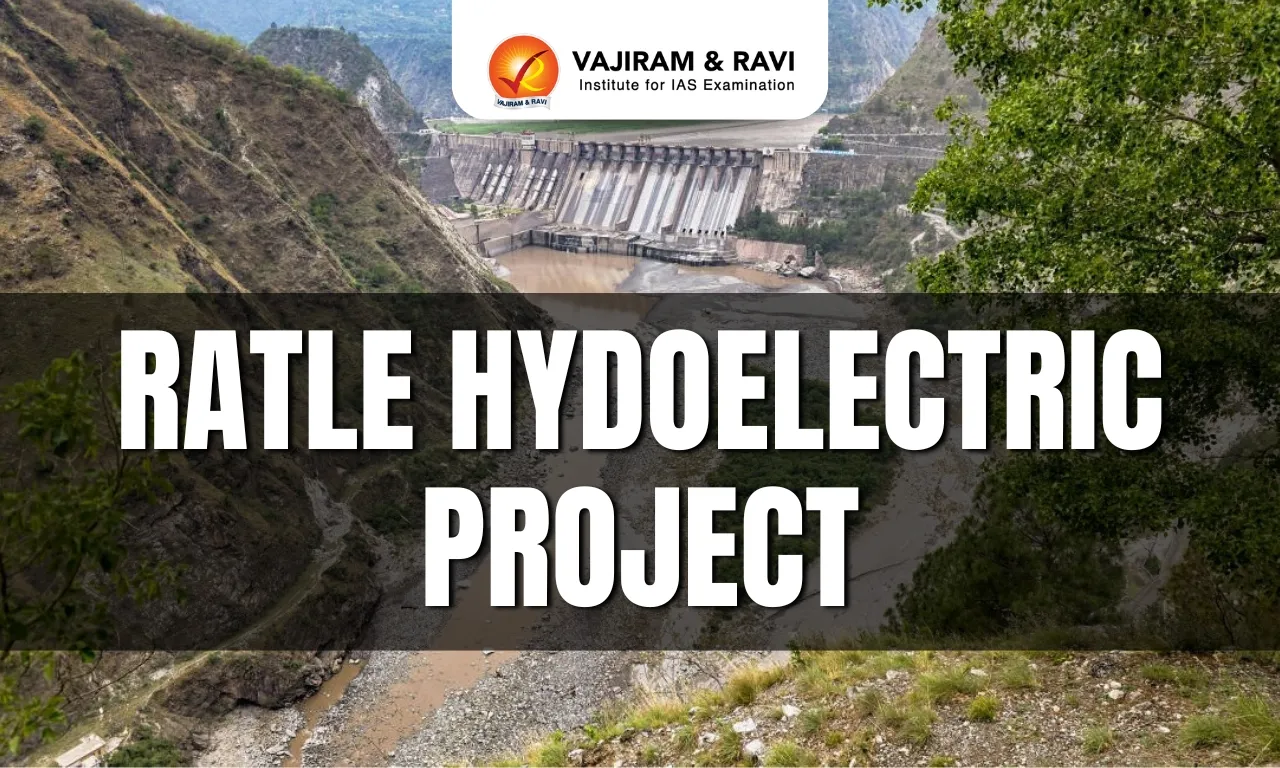About Solomon Islands:
- The Solomon Islands are two parallel chains of volcanic islands and small coral atolls in the south-western Pacific Ocean.
- It consists of nearly 1,000 islands (6 large main islands and over 900 smaller islands), of which 147 are inhabited.
- The nearest neighbours are Vanuatu to the southeast and Papua New Guinea to the west.
- The archipelago covers an area of 461,000 sq.km., of which 28,446 sq.km. is landmass.
- The country is mainly mountainous and covered in forests, although it has some extensive plains.
- Once a British protectorate, the Solomon Islands achieved independence as are public in 1978.
- Capital: The capital, Honiara, is located on Guadalcanal, the largest island.
- Ethnic groups: Melanesian 93%, Polynesian 4%, Micronesian 1.5%, other 1.5%.
- Languages: English (official); about 120 vernaculars, including Solomon Islands pidgin.
- Government:
- It is a parliamentary democracy within the Commonwealth, with a unicameral Parliament and a ministerial system of government.
- The British monarch is represented by a governor general, chosen by the Parliament for a 5-year term.
Q1: What are Corals?
Corals are marine organisms that belong to the phylum Cnidaria and typically exist in warm, shallow ocean waters. They are colonial, meaning they live in groups, forming structures called coral reefs through the accumulation of their calcium carbonate skeletons over time. Corals are made up of tiny individual animals called polyps, which have a simple body structure with a mouth surrounded by tentacles. These polyps feed on tiny marine organisms, or zooplankton, by capturing them with their tentacles, but many types of corals also have a symbiotic relationship with photosynthetic algae called zooxanthellae.
Last updated on December, 2025
→ Check out the latest UPSC Syllabus 2026 here.
→ Join Vajiram & Ravi’s Interview Guidance Programme for expert help to crack your final UPSC stage.
→ UPSC Mains Result 2025 is now out.
→ UPSC Notification 2026 is scheduled to be released on January 14, 2026.
→ UPSC Calendar 2026 is released on 15th May, 2025.
→ The UPSC Vacancy 2025 were released 1129, out of which 979 were for UPSC CSE and remaining 150 are for UPSC IFoS.
→ UPSC Prelims 2026 will be conducted on 24th May, 2026 & UPSC Mains 2026 will be conducted on 21st August 2026.
→ The UPSC Selection Process is of 3 stages-Prelims, Mains and Interview.
→ UPSC Result 2024 is released with latest UPSC Marksheet 2024. Check Now!
→ UPSC Prelims Result 2025 is out now for the CSE held on 25 May 2025.
→ UPSC Toppers List 2024 is released now. Shakti Dubey is UPSC AIR 1 2024 Topper.
→ UPSC Prelims Question Paper 2025 and Unofficial Prelims Answer Key 2025 are available now.
→ UPSC Mains Question Paper 2025 is out for Essay, GS 1, 2, 3 & GS 4.
→ UPSC Mains Indian Language Question Paper 2025 is now out.
→ UPSC Mains Optional Question Paper 2025 is now out.
→ Also check Best IAS Coaching in Delhi

















